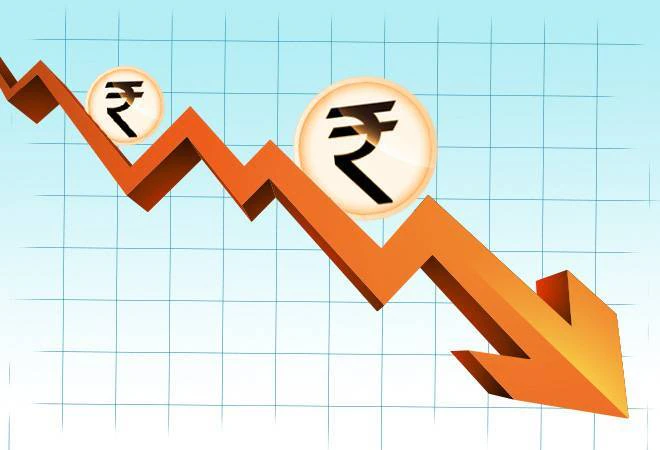Font size:
Print
Vertical Fiscal Imbalance in India
Context:
India’s financial relationship between the Union and States is imbalanced, with States handling 61% of revenue expenditure but generating only 38% of revenue. As a result, States depend on Union transfers to meet their expenditure needs.
What is Vertical Imbalance?
- Vertical Fiscal Imbalance (VFI) refers to the mismatch between the revenue-raising powers and expenditure responsibilities between different levels of government, typically the Union (Central) and State governments in a federal system like India.
- In simpler terms, while the States are responsible for a larger share of expenditure, they have limited capacity to generate revenue, leading to dependence on transfers from the Union government.
Why Should VFI Be Reduced?
- Fiscal Autonomy: States manage key sectors like health, education, and infrastructure, but their revenue-generating capacity is limited.
- Efficient Spending: Reducing VFI allows States to allocate resources better according to local needs.
- Cooperative Federalism: Reducing dependence on the Centre promotes fiscal federalism, allowing States more control over their finances.
- Crisis Management: VFI worsens during crises, such as the COVID-19 pandemic, making States more vulnerable.
Role of the 16th Finance Commission:
The Finance Commission (FC) addresses VFI by recommending tax devolution and grants from the Union to States. The 16th Finance Commission should aim to:
- Increase Tax Devolution: Raise the share of tax devolution from the current 41% to around 49%, ensuring States receive untied funds to meet their spending needs.
- Address Cesses and Surcharges: Evaluate their exclusion from the divisible pool of taxes, as these substantially reduce the funds available to States.
- Support Fiscal Autonomy: Empower States to raise more resources and ensure that they are less dependent on the Centre for essential expenditures.
- Cater to Local Priorities: Provide States with more untied resources, enabling them to respond better to local demands and challenges.
Current Scenario:
- Revenue-Expenditure Mismatch: States incur 61% of the expenditure but generate only 38% of the revenue.
- Tax Devolution: The 14th and 15th Finance Commissions recommended 42% and 41% devolution, respectively, but to eliminate VFI, 48.94% would be needed.
- Demand for 50% Devolution: Many States demand that tax devolution be raised to 50%, supported by the exclusion of cesses and surcharges.
Constitutional Provisions for Taxation:
- Union and State Tax Bases:
-
- Seventh Schedule (Article 246): Separates tax bases between Union (Union List) and States (State List).
- No provision for taxation in the Concurrent List.
-
- GST Introduction (101st Amendment, 2016):
-
- Article 246A introduced concurrent powers for GST.
- Union legislates CGST and IGST, States legislate SGST.
- Article 270: Governs the distribution of net tax proceeds between the Centre and States.
-
Fiscal Federalism in India:
Challenges to Fiscal Federalism:
Strengthening Fiscal Federalism:
|
Current Financial Transfers:
- Grants and Transfers: Recommended by Finance Commissions under Article 275 for specific needs.
- Other transfers through Article 282 via centrally sponsored and central sector schemes (conditional).
- Untied Transfers: Tax devolution is the only unconditional and untied transfer.
Other Side:
- Concerns Raised by Southern States: While valid, the issue is multifaceted, with economists like Ajay Chhibber arguing that southern states are not in severe economic distress.
- Labour Productivity: Southern states, along with Punjab, Haryana, and Delhi (PHD), have labour productivity levels that are three to four times higher than those in BIMARU states (Bihar, Madhya Pradesh, Rajasthan, and Uttar Pradesh), attracting more foreign investment compared to northern states (Economic Survey 2022-23).
- Migration Trends: Southern states, along with Maharashtra and Gujarat, have experienced significant migration as individuals seek better job opportunities. This influx not only enhances the skill set of migrants but also provides firms with cheaper labour, boosting profits and lowering costs.
- Export Preparedness: According to the NITI Aayog’s Export Preparedness Index, coastal states, including those in the south, outperform landlocked northern states, thereby contributing positively to the country’s foreign exchange reserves through exports.
- Tax Contributions: The 15th Finance Commission has assessed states based on their tax collection contributions. The “tax and fiscal efforts” pillar (with a weightage of 2.5%) aims to incentivise states that expand the tax base.
- Policy Attention: Some constitutional experts argue that northern states have historically received more attention and financial support due to policy issues since India’s independence. They refer to Article 38 of the Indian Constitution, which emphasises welfare and social justice, along with Articles 39(b) and 39(c), which focus on preventing wealth accumulation and promoting inclusive development based on Gandhian principles.


